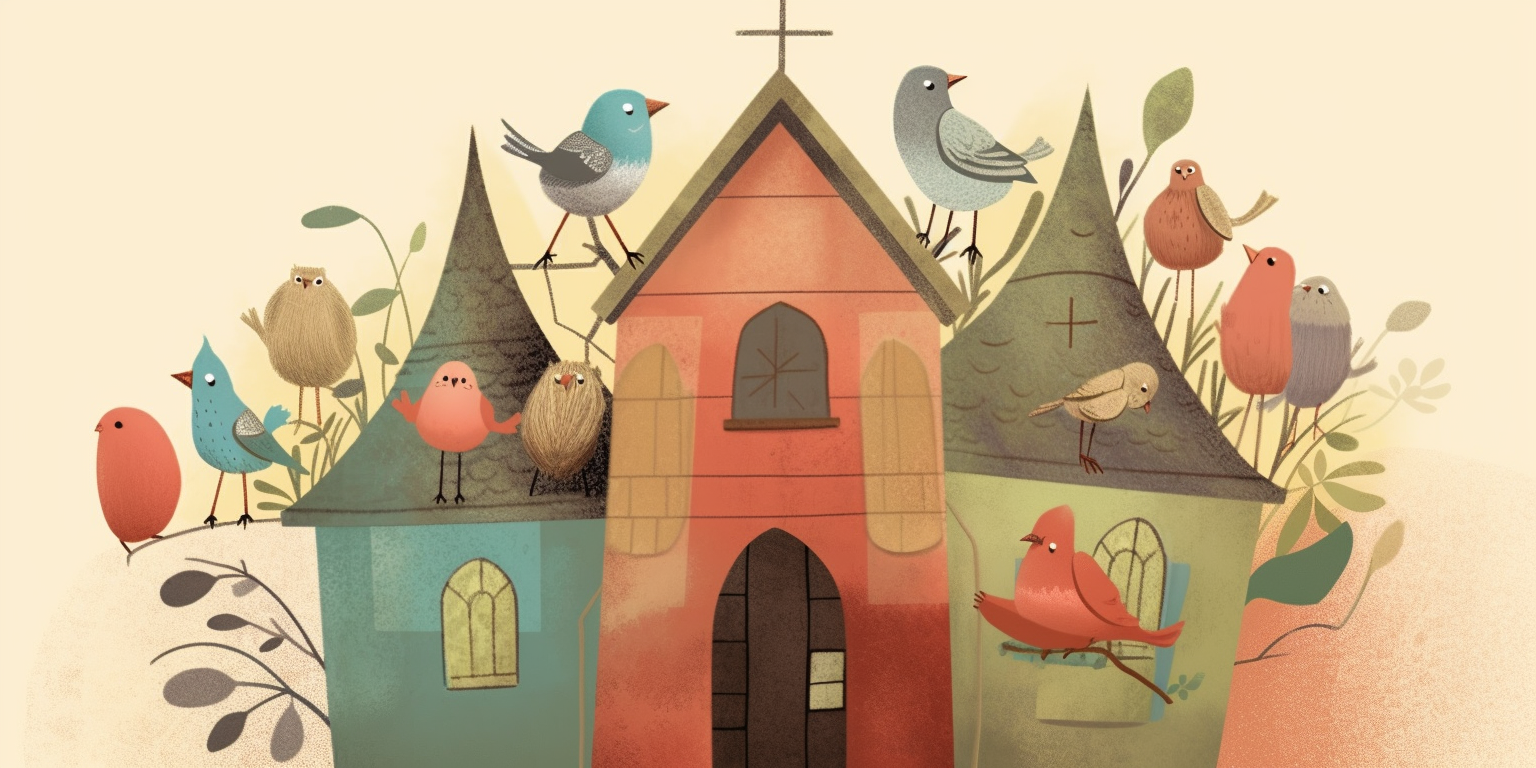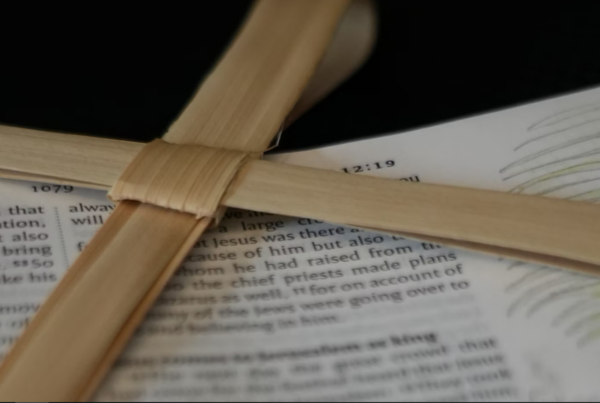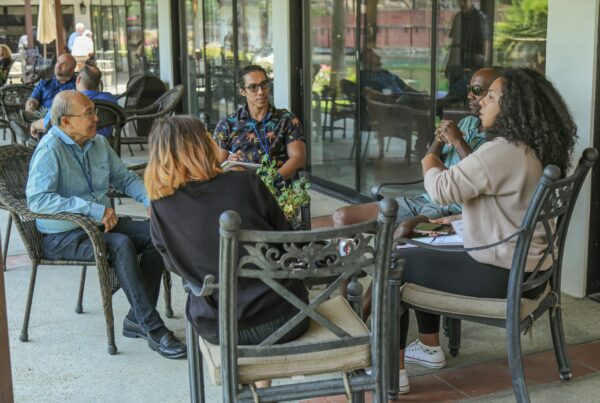I f I go back to the beginning, the deepest truth that I have always known about church was that we were all in it together—like a family. There was a profound sense of connection at church that I understood to be important and true. In fact, the connection I felt was so important and true in my childhood innocence and trust, that it was inherent to my very comprehension of church.
As a young child, church members were as familiar as wallpaper. The sound of their voices above my head during coffee hour was as known to me as the babbling brook halfway down our driveway. I didn’t even have to try to understand that we were all there together, on purpose. Our existence at church was something much more than familiar; it was essential.
From Roger, who called me “Kitten,” after a yellow T-shirt with a kitten on front that I lived in, to Eunice, who sat steadfastly beside the children’s cookie cart, unsmiling, and pouring us all orange drink, to raucous Bob, the dairy farmer, who made sure milk arrived regularly in the milk box outside our house in hefty half-gallon bottles, these were my people—a hundred or more people, making up the daily fabric of my life, not always loved, perhaps, but always and ever known.
Related: Low-cost and No-cost Ways to Show Hospitality in the Church
I lived, accepted, in the warm nest of this community, and I accepted them, naturally, in return. This was until our family moved from the small, rural, upstate New York church to burgeoning West Broward, a mere side lot of Fort Lauderdale, Florida. At first, we had no church there, but we anticipated making one, the work for which we had moved.
It was an odd, sort of drifty season, after we moved. We bumped our way around through what felt like a thousand churches until we stayed with the Methodists for a while, waiting for our new church to start. We absolutely chose that Methodist church because it reminded us most gently of what we longed for in what we had left behind. But, of course, it was just not the same family-like connection when it all came down to it.
After a year or so, with some extravagant effort, church as we knew it began again. It was very much all-new, even if it was “church as we knew it.” We no longer had Jane on the organ, or Walt, her piano-tuning husband, but Bennett, who played an organ on wheels that we pushed out onto the school cafeteria’s stage where we gathered on Sundays. Bennett had once played for the roller rink and would sometimes launch into a raucous “Hokey Pokey,” but not very often.
There was no longer Roger who called me Kitten, but there was Bill, the retired baseball pitcher with permed hair, who was willing to try out being a youth leader for a while. He taught me how to make videos for church.
Conversations were no longer taking place above my head during coffee hour, either. Instead, I was suddenly an adult-like Christian, expected to know things in Sunday school and to sometimes teach Sunday school. I was both navigating, and helping others navigate, the wilds of faith—all new depth and complexity to so many of us—there at the new church.
Once again, I soon found myself in the warm nest, not having given it all that much thought. These were my people, and this was my church. I was inherently home, and I automatically connected to this new, assorted, rag-tag bunch, like family.
Related: Biblical Hospitality: Inviting Outsiders to be Family
This has happened for me time and again. I would almost like to say that it took me by surprise—because it should seem surprising to enter into a community of people so completely—but it never did. Something in my formation allowed for church to be my place and my people. Church is my home, especially when we are all in it together, to learn, to trust, to grow. In my experience, that is church.
When I think about the specific people and places that made up my assorted churches, across many years, none could be described as looking or being very alike. We were so rural, and so poor, in upstate New York that some people did not have running water in their homes. But when we moved to Fort Lauderdale, we would drive past palm trees and Dan Marino’s mansion on the way to church. Later on, when we moved to western New York for the making of another tiny church, no one was tan anymore, and no one had a swimming pool. We all learned to ski, and we ate pizza like it was our job.
In more recent iterations of life and church, I have become a midwesterner. And though I find myself now mostly among white folks, often middle class, often educated, largely kind, those are not the things that make church feel familiar. In fact, through my many churches far and wide, coast to coast, and, more recently, even continent to continent, the thing I have found that makes church feel most like the nest, most like home, is when I can recognize that we’re all in it together, despite our differences.
Related: Why Intentional Diversity Matters and How to Pursue It in Your Church
I personally lean heavily and deep into the roots of the Reformed Church in America. In my wide-ranging life, I have seen, felt, and known how this denomination is diverse across a broad spectrum and many borders. I’ve never bothered much with the differences, though. What I like most is when we link arms and push forward, heads and hearts inclined in the same direction, voices lifted in the same song—with or without an organ, sometimes veering into a rousing rendition of the Hokey Pokey.
I sometimes feel like I have very little in common with an average church, just how I have sometimes felt I have little in common with my very own family. But the nest is warm, and when I know we’re in it together for the good and glory of God, I am so very glad to be there.
Katy Sundararajan
Katy Sundararajan is a specialized minister in the Reformed Church in America’s Holland Classis. She has garnered her pastoral perspectives from posts as a college chaplain, a missionary, an international student advisor, and a higher education and leadership ministries program coordinator.



